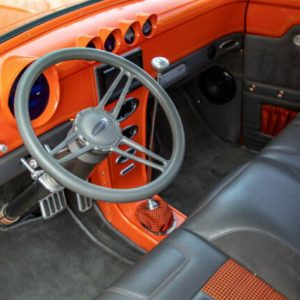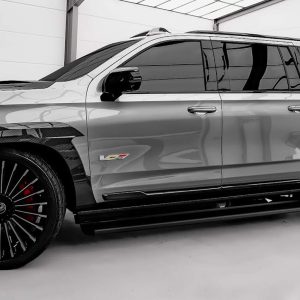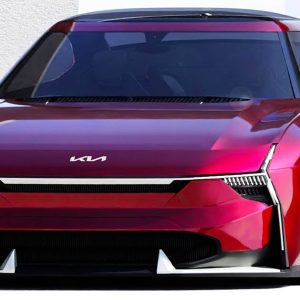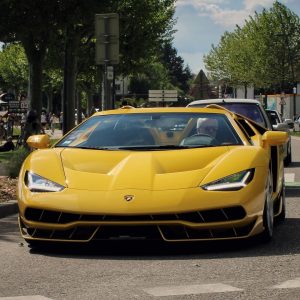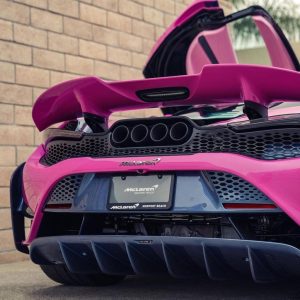We’ve all daydreamed about how the race cars of the 1970s would look like if they were launched today, but automotive design student Jonáš Jagerčík took the dreaming one step further and created a reimagined interpretation of Rennmeister’s March 741.
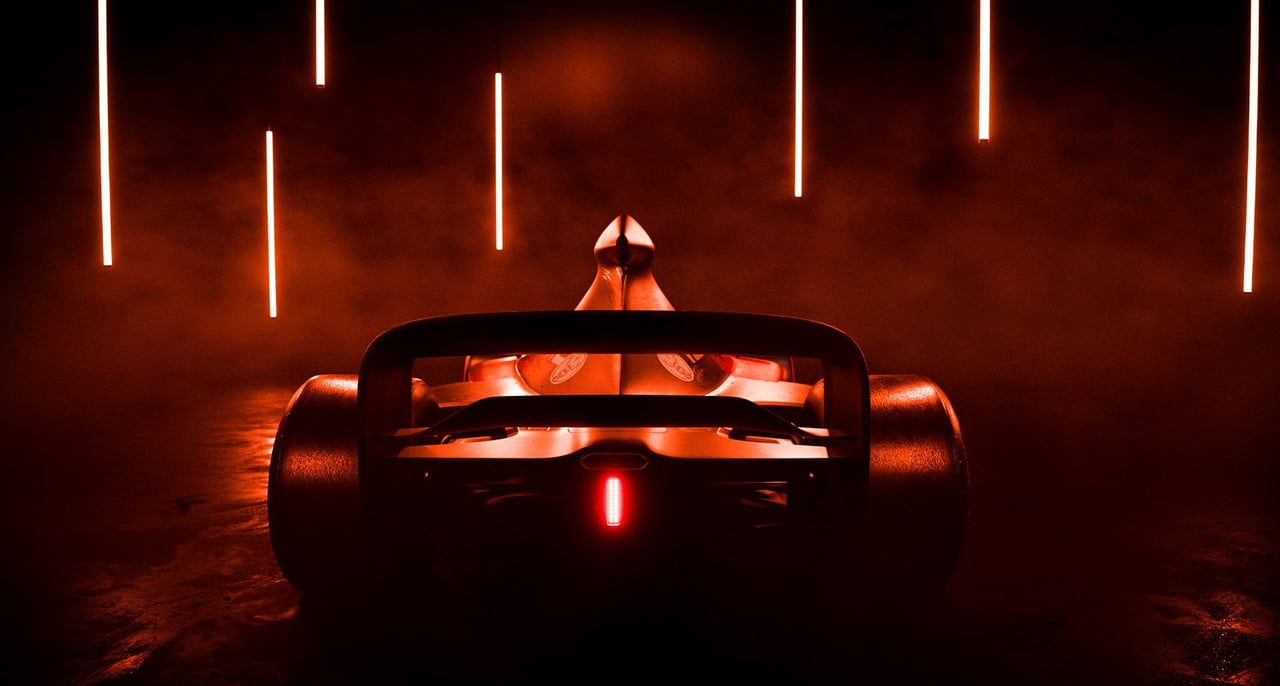
The world of car design is a peculiar one. While one hand is firmly set on how the future will look, the other is steadily flicking through the history books to help enhance the charm of a new design. Balancing those two spinning plates is no easy feat, but if done correctly, the result can be highly impactful, often leading to packed order books. Automotive Design student Jonáš Jagerčík has a vision for a car that both remembers and celebrates the past and present, leading him to reimagine one of Jägermeister’s coolest race cars of the 1970s, the March 741.
Studying at Czech Republic’s University of West Bohemia, Jonáš was instructed to dive head-first into an area of car design of his choosing, and he couldn’t help but become intrigued by the trend of restomodding classic cars, “I spent a lot of time studying the designs from brands like Singer, who dedicate their entire vision to reimagining what the already iconic Porsche 911 could become. I found with many of these restomods, the cars are built very much with their heart on the past, but their heads looking to the future.” Jonáš continues, “The thing is, the market for road-going restomods is thriving, but I was surprised to find there are so few who offer this vision to track-only cars, and so I began to look into icons of Formula One’s past.”
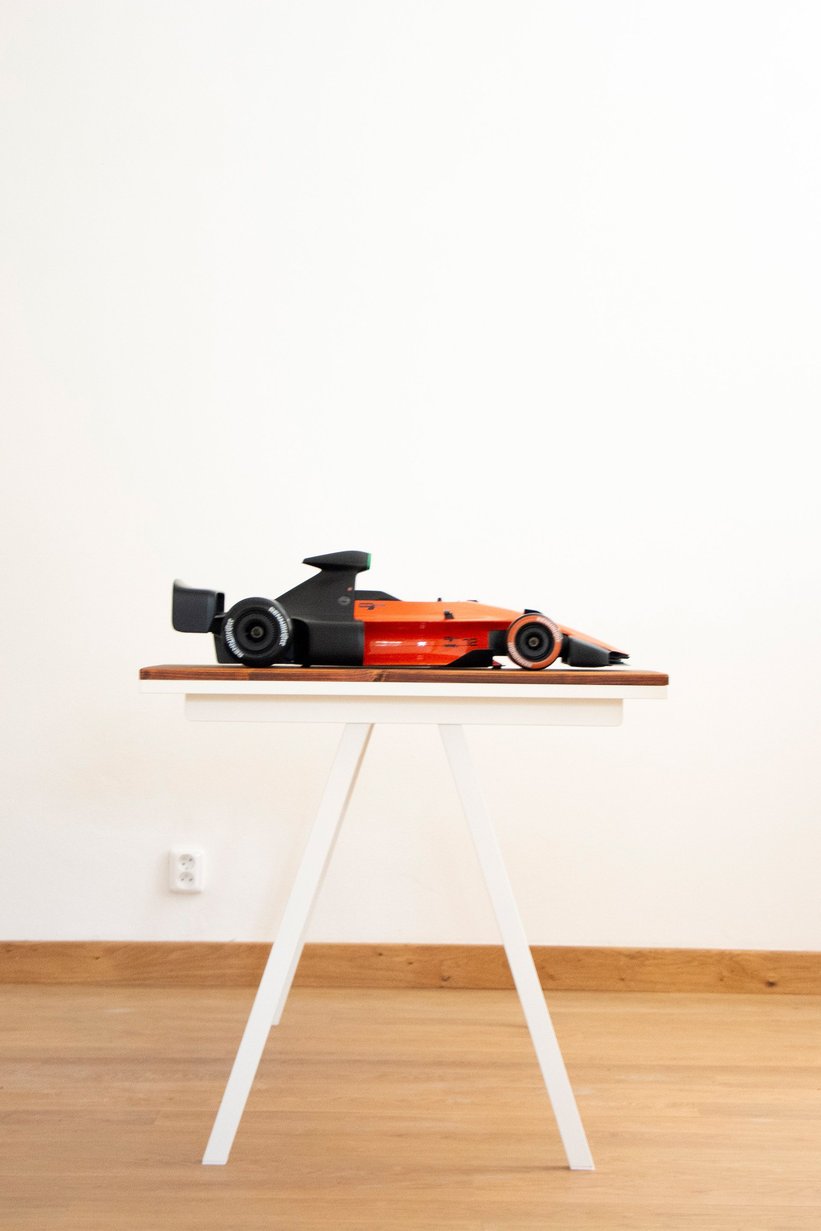
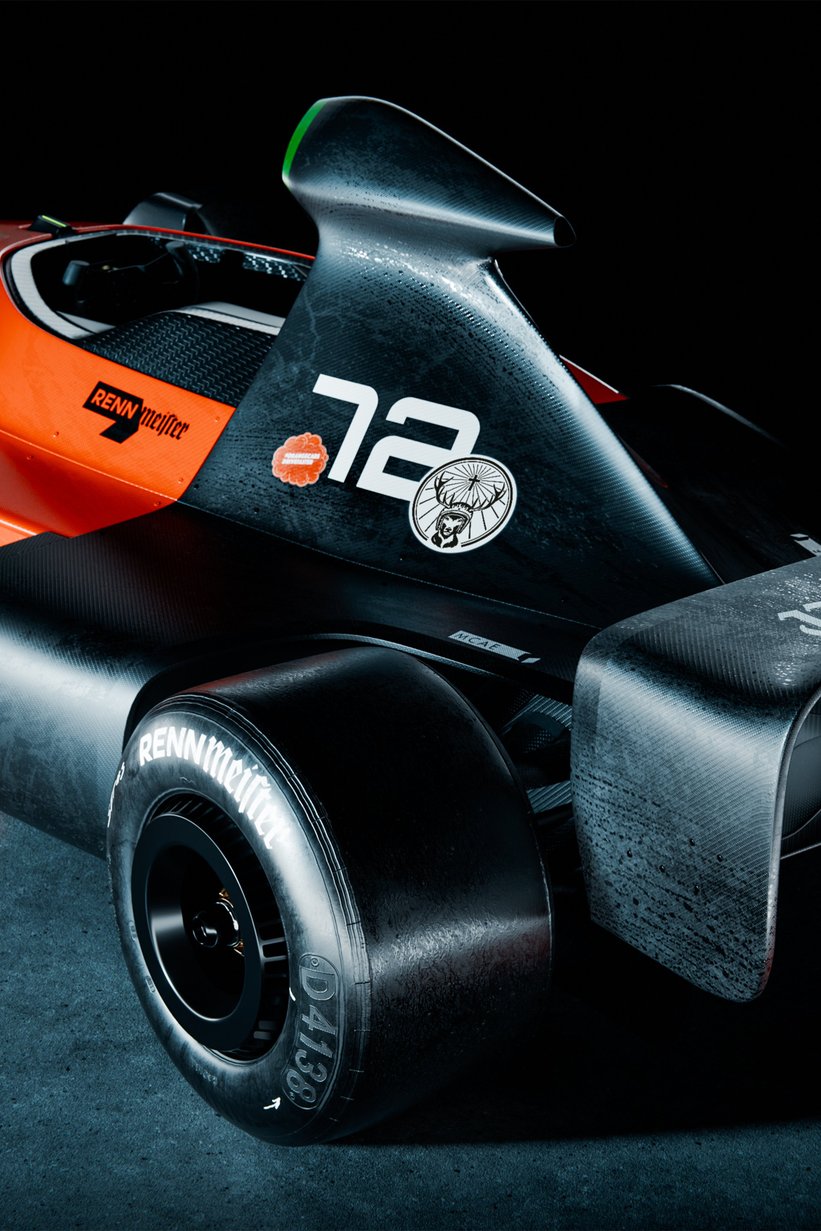
He then landed on a real peach for the eyes and ears, the March 741. A car driven in 1974 by none other than Hans Stuck to varying success all over Europe, proudly wearing the instantly eye-catching Jägermeister coat of arms. It was this car that Jonáš began to base his project around, with careful consideration given to how Rennmeister presents itself in this modern era of culture and design. Working with both 3D renders and old-school penwork in collaboration with the ZICHER Team, a renowned design and CGI studio, they paid close attention to the original car’s unique airbox and elongated rear wing, ensuring key elements were carried over into the reimagined design; “Certain areas were obvious to carry over, but vital components used in modern day racing also had to be considered. I took the classic’s exacting proportions, wheelbase and seating position, and reimagined the car with features like active aero, an optional halo device, as well as carbon fibre, which was most certainly not present on the 1970s car!”
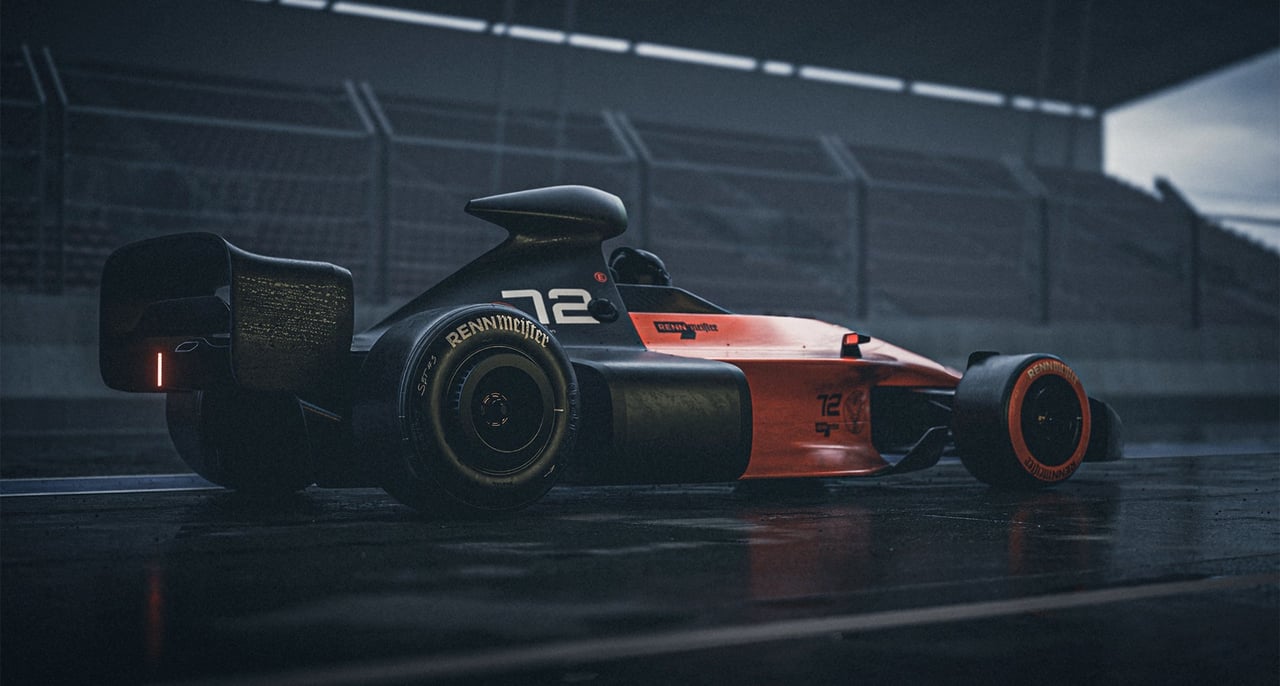

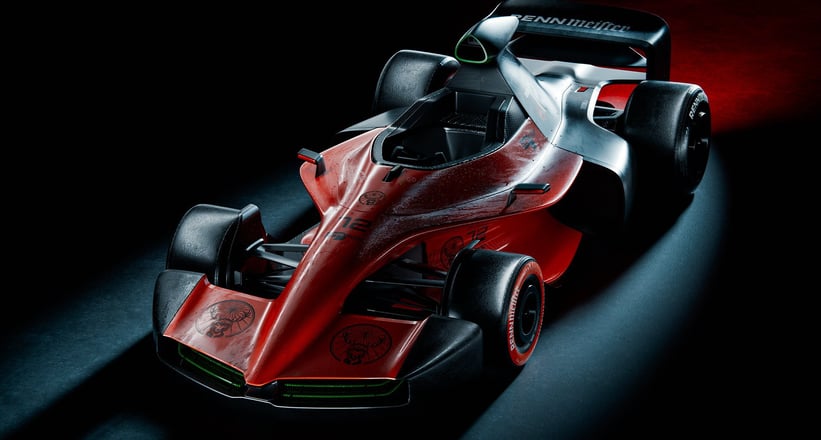
The result is a striking, yet recognisable race car that takes clear inspiration from the March, as well as modern-era F1 cars. The uniquely shaped airbox has been retained, so too has that outrageous rear wing, but both have been sculpted and softened to allow for even more downforce. While these incredible CGI visualisations may not give a true view of how the car would look attacking the mean streets of Monte Carlo or Baku, Jonáš wanted to bring his creation into physical form, even if it was at 1:6 of the scale of the real thing.

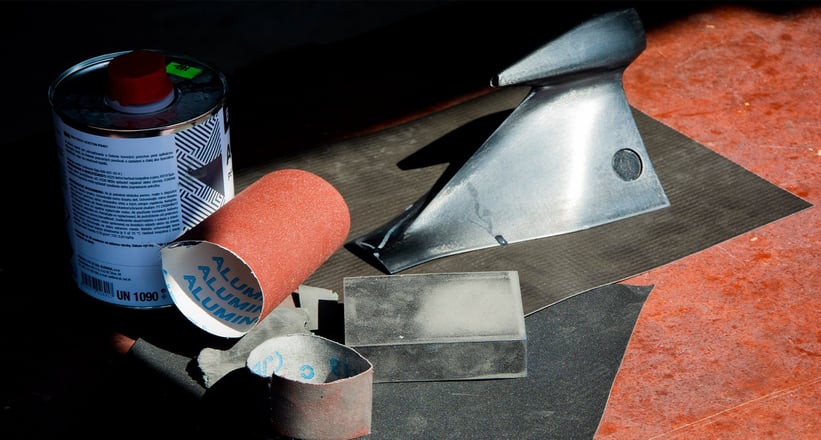

“It became a true passion project, bringing in my family, friends, and classmates to bring what I’d created on screen into physical form. MCAE Systems 3-D printed the car and the result is deeply impressive, especially with the Rennmeister branding all over it. Now we just need someone to build it for real!”
We think you’ll agree, Jonáš has smashed it out the park with his creation. Now we just hope one of our dear Classic Driver readers can help make his dream a living, driving reality!

